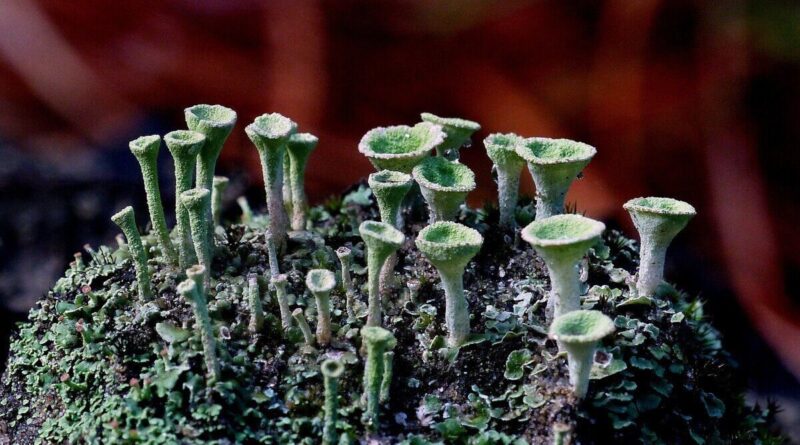The Iranian Biology Congress is scheduled for September
TEHRAN – The 11th international and 23rd national Iranian Biology Congress (IBC) is scheduled to be held at Tehran University from September 11 to 13.
Being held every two years, the congress is considered the most important biological science event in the country. It serves as a platform for national and international scientists, researchers, students and experts to present their latest scientific achievements and research, ISNA reports.
The 2024 conference will focus on six conferences including the Microbial Biology Conference; Conference on Biology and Environmental Conservation; Conference on Plant Biology; Cell and Molecular Biology Conference; Biennial Teachers Conference; and Animal Biology Conference.
Iran’s biodiversity, genetics
There are 11 types of ecosystems in the world, 9 of which are identified in Iran. In addition, of the 42 types of wetlands, 41 types are found in the country. Therefore, Iran is one of the 20 countries rich in biological and genetic diversity.
The biological and genetic diversity of the country has led to the emergence of many plants and animals in Iran, currently, there are 2,100 species of plants in Iran.
Five ecoregions, many biodiversity
Each region is defined by its characteristics that play an important role in the biodiversity and wealth of the country, according to which, Iran shares five ecological zones with distinct flora from the bottom to the regions the highest, namely, Caspian, Iran-Turani, Arasbaran, Zagros. , and the Persian Gulf-Omani region.
The great difference between the two latitudes of the north and south of the country and the existence of different plains, altitudes and climates have given a very different view of the vast land so that the different types of plants and the plants that grow through it.
The Hyrcanian ecosystem covers the green belt, the southern edge of the Caspian Sea, and the northern region of the Alborz mountains. The forested areas in this region reach 2.4 million hectares covering Astara in Gilan province to Glidaghi in Golestan province.
The forest area in the Iran-Turani region, which covers most of the central plateau of Iran, is 4,666,941 hectares. Based on climate and altitude, this area is divided into two mountainous regions with a cold climate and desert with a hot and dry climate.
Arasbaran Forest, which is among the country’s moist forests, is located in East Azarbaijan province and northwest of Ardebil province, covering 174,838 hectares.
Some sources say that the Zagros oak forests are 5,500 years old. The creation and expansion of these forests is due to the rainfall produced by the Mediterranean and Black Sea system, which extends from the Sardasht region of West Azarbaijan to the city of Firoozabad in the province of Fars covering an area of 5,440,494 hectares.
The forests of the Persian Gulf-Omani region include the southwestern part and all the southern coasts, covering 2,039,963 hectares. Due to the difference in environment, the large plants are divided into two areas: the Persian Gulf and the Sea of Oman.
Iran shines in IBO 2024
Iranian students won two gold medals and two silver medals at the 35th edition of the International Biology Olympiad (IBO) held in Astana, Kazakhstan, from July 7 to 14.
IBO 2024 welcomed more than 800 students, leaders, observers and visitors from more than 80 countries.
Arash Samadi and Pourya Nouri-Niarki won gold medals, while Sepehr Chachi and Mohammad-Reza Yazdkhasti got silver, reports IRIB.
IBO 2023 was held in the United Arab Emirates. The third-ranked Iranian team won two gold and two silver medals.
MT/MG
#Iranian #Biology #Congress #scheduled #September
